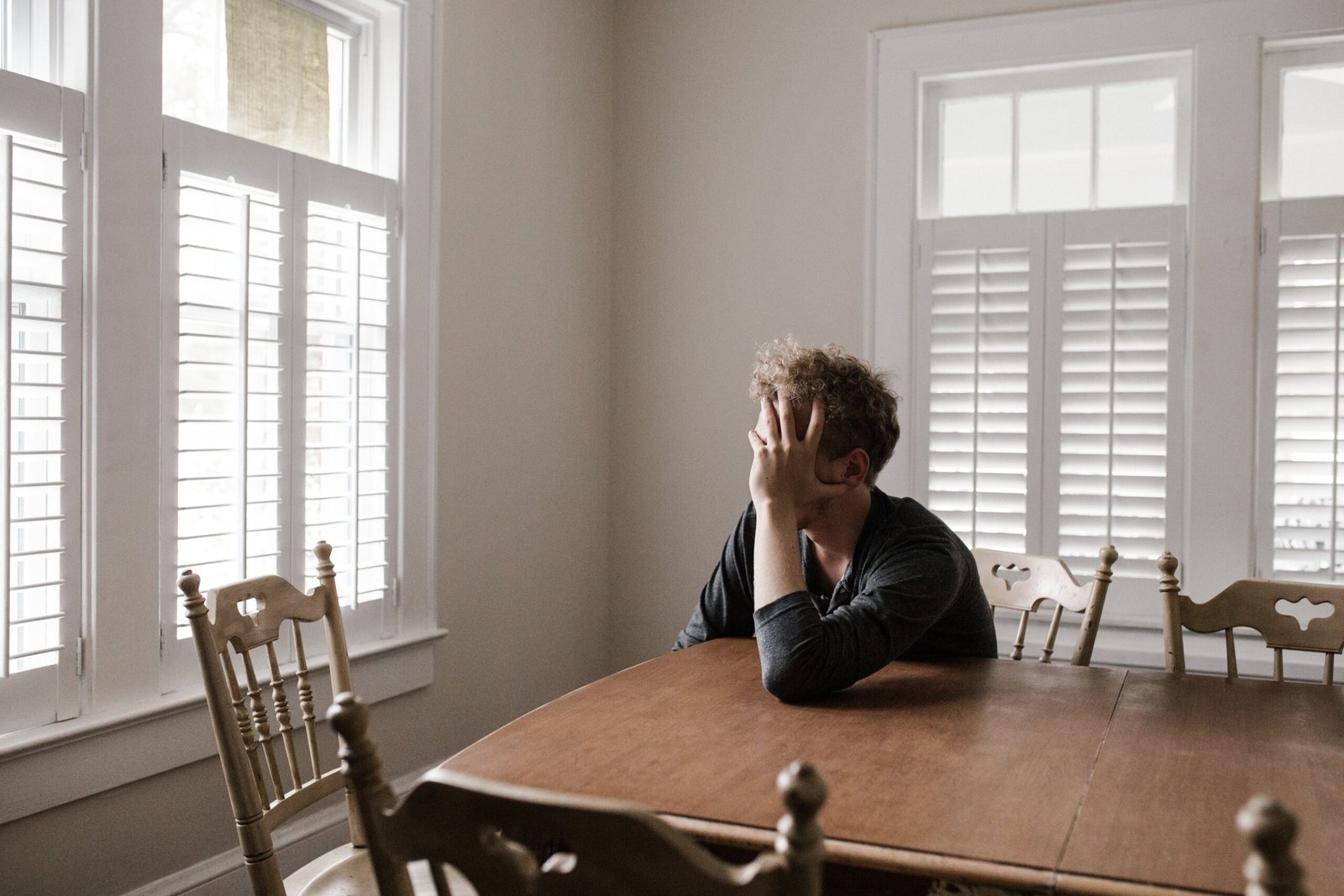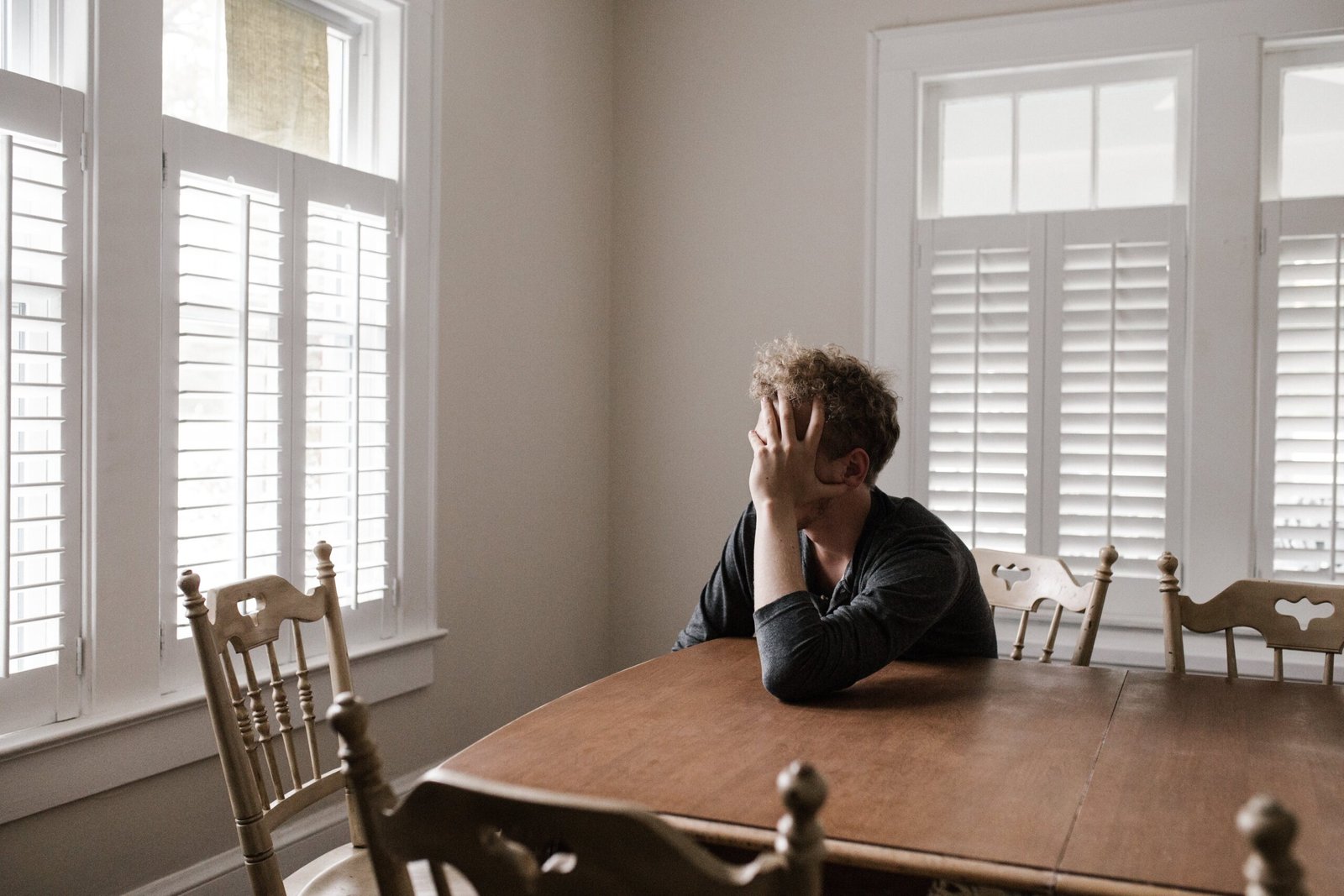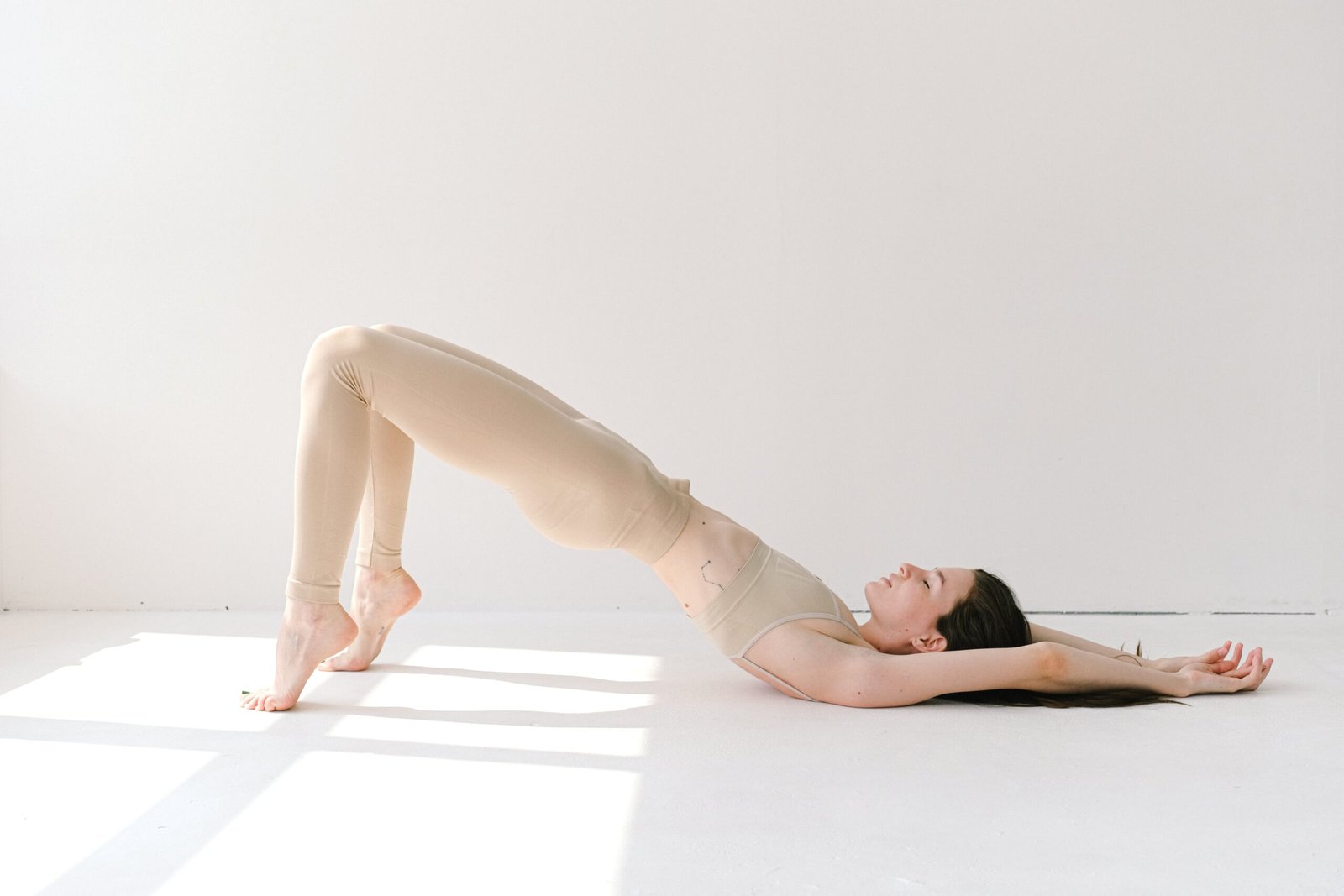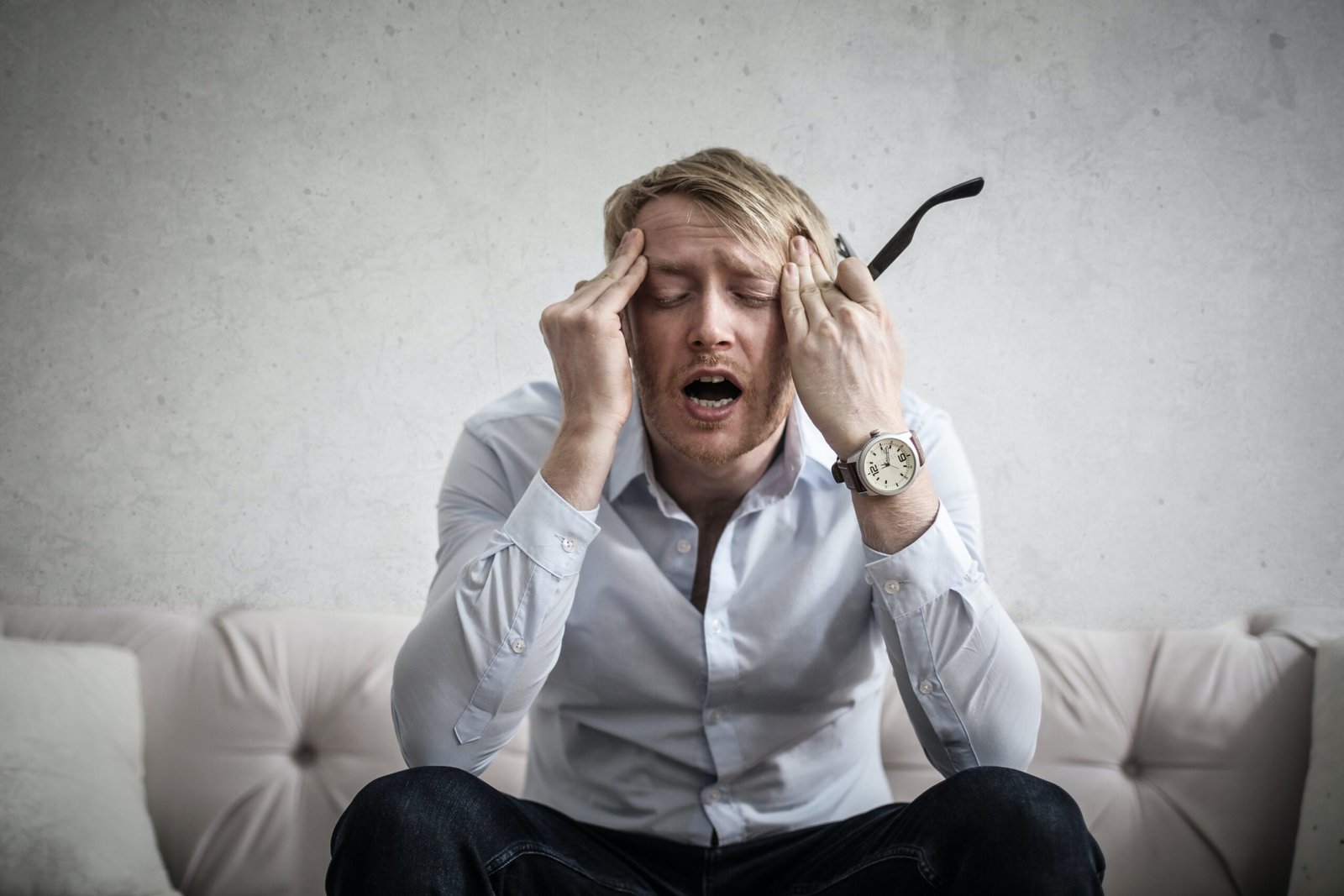
Have you ever wondered if there is a secret position that could alleviate the discomfort of period pain? Well, wonder no more, because in this article, you will uncover the best position to find relief during your menstrual cycle. We all know how challenging this time of the month can be, but with this simple adjustment, you may have a newfound sense of comfort and ease. Say goodbye to cramps and hello to a more relaxing period experience!

Understanding Period Pain
What is period pain?
Period pain, also known as menstrual cramps or dysmenorrhea, is a common sensation of discomfort and pain experienced by many people during their menstrual cycle. It typically occurs in the lower abdomen or pelvic area and can vary in intensity from mild to severe. The pain is usually a result of the uterus contracting to help shed its lining during menstruation. While some individuals may only experience mild discomfort, others may find period pain to be debilitating and interfere with their daily activities.
Causes of period pain
There are several factors that contribute to period pain. One of the main causes is the release of prostaglandins, which are hormone-like substances that trigger uterine contractions. The levels of prostaglandins tend to be higher in individuals who experience more severe period pain. Other factors that can contribute to period pain include hormonal imbalances, conditions such as endometriosis or uterine fibroids, and certain lifestyle factors such as stress, lack of exercise, or poor nutrition.
Common symptoms
Period pain can be accompanied by a variety of symptoms, which can vary from person to person. Some common symptoms include cramping, aching or throbbing pain in the lower abdomen, lower back pain, nausea, bloating, fatigue, and headaches. These symptoms often occur a few days before menstruation begins and can last for several days. While period pain is a normal part of the menstrual cycle for many individuals, it is important to seek medical advice if the pain is severe or significantly interferes with daily life.
How Positioning Can Help
The impact of body positioning on period pain
Did you know that the way you position your body can actually have an impact on relieving period pain? Body positioning can help to alleviate discomfort by reducing muscle tension, improving blood flow, and providing support to the pelvic area. By finding the right position, you can help to relax the muscles in your abdomen and lower back, which can minimize the intensity of cramps and pain during your period.
Why finding the right position is important
Finding the right position during your period is crucial because it can enhance your overall comfort and well-being. It can also help you to better manage and cope with period pain. When you are able to relieve some of the discomfort, you can focus on going about your daily activities with less interruption. Additionally, finding the right position can reduce stress and tension in your body, allowing you to relax and potentially improve your mood during this time.

1. Lying Down Positions
On your back with a pillow under your knees
One common lying down position that can help relieve period pain is lying on your back with a pillow placed under your knees. This position helps to take pressure off your lower back and provides support to your pelvic region. The elevated knees help to alleviate tension in the lower abdomen and promote relaxation. You can also place a heating pad on your lower abdomen for additional pain relief in this position.
On your side with a pillow between your legs
Another lying down position that can be beneficial for period pain is lying on your side with a pillow placed between your legs. This position helps to align the spine and pelvis, reducing strain on the lower back and providing support to the abdominal muscles. The pillow between the legs helps to stabilize the hips and promote proper alignment. This position can also be enhanced by placing a hot water bottle on your lower abdomen or lower back for added comfort.
On your stomach with a pillow under your hips
For some individuals, lying on their stomach with a pillow placed under their hips can help alleviate period pain. This position helps to relieve tension in the lower back and provides support to the pelvic area. The pillow under the hips helps to elevate the abdomen slightly, reducing pressure and discomfort. It is important to ensure that the pillow is not too high or uncomfortable, as it should provide gentle support without causing strain.
2. Sitting Positions
Cross-legged on the floor
Sitting cross-legged on the floor can be a comfortable position for individuals experiencing period pain. This position helps to open up the hips and stretch the pelvic area, promoting blood flow and reducing muscle tension. Sitting on a cushion or folded blanket can provide additional support and comfort. It is important to maintain good posture while sitting in this position to avoid straining the back or neck.
On a chair with a cushioned backrest
If sitting on the floor is not comfortable for you, sitting on a chair with a cushioned backrest can also provide relief from period pain. The backrest provides support to the lower back and promotes proper posture. You can place a small cushion or rolled-up towel behind your lower back for added support. This position allows you to engage in activities such as reading, working on a computer, or watching television while minimizing discomfort.
Leaning forward with your elbows on your knees
Another sitting position that can help relieve period pain is leaning forward with your elbows on your knees. This position helps to open up the pelvic area and reduce tension in the lower back. By leaning forward, you are able to release pressure on the abdominal muscles and provide support to the pelvic region. This position can be practiced while sitting on the floor or on a chair, depending on your preference.

3. Standing Positions
Leaning against a wall with one leg raised
Standing positions can also offer relief from period pain. One effective standing position is leaning against a wall with one leg raised. This position helps to stretch the abdominal muscles and release tension in the lower back. By raising one leg, you are able to engage the muscles in the pelvic area and promote blood flow. You can switch legs periodically to ensure balance and equal support.
Bending forward with your hands on a countertop
Another standing position that can help alleviate period pain is bending forward with your hands on a countertop. This position provides a gentle stretch to the lower back and abdominal muscles, promoting relaxation and reducing discomfort. By bending forward, you are able to release tension and improve blood flow to the pelvic area. This position can be particularly beneficial when experiencing intense cramps.
4. Yoga Positions
Child’s Pose
Yoga offers a variety of positions that can be beneficial for relieving period pain. One popular yoga pose is the Child’s Pose, which involves kneeling on the floor and sitting back on your heels while folding your upper body forward and stretching your arms out in front of you. This position helps to relax the pelvic muscles and release tension in the lower back. It also allows for deep breathing, which can promote relaxation and reduce stress.
Cat-Cow Pose
Another yoga pose that can be helpful for period pain is the Cat-Cow Pose. This pose involves getting on all fours with your hands under your shoulders and your knees under your hips. As you inhale, arch your spine and lift your chest and tailbone towards the ceiling, creating a “cow” shape. As you exhale, round your spine and tuck your chin to your chest, creating a “cat” shape. This movement helps to stretch the abdomen and lower back, relieving tension and promoting flexibility.
Reclining Bound Angle Pose
The Reclining Bound Angle Pose, also known as Supta Baddha Konasana, is another yoga pose that can provide relief from period pain. To practice this pose, lie on your back and bring the soles of your feet together, allowing your knees to fall open to the sides. You can place pillows or blocks under your knees for support if needed. This position helps to gently stretch the hips, groin, and inner thighs, promoting relaxation and reducing tension in the pelvic area.
5. Exercise Positions
Walking or light jogging
Engaging in regular exercise can help alleviate period pain, and certain exercise positions are particularly beneficial. Walking or light jogging can help improve blood circulation, release endorphins, and reduce muscle tension. It is important to listen to your body and choose a pace and intensity that feels comfortable for you. Exercise can also help promote overall well-being and reduce stress, which can further contribute to pain relief.
Cycling with a slightly reclined posture
Cycling is another exercise that can help alleviate period pain. When cycling, it is recommended to adopt a slightly reclined posture, which can help reduce strain on the lower back. Proper bike fit is crucial to ensure comfort and prevent additional discomfort. Cycling helps to engage the muscles in the lower abdomen and pelvic area, promoting blood flow and reducing tension. It is important to start slowly and gradually increase the duration and intensity of your cycling sessions if needed.
6. Alternative Positions
Using a heating pad against your abdomen
Using a heating pad against your abdomen can provide warmth and comfort, helping to relax the muscles and alleviate period pain. The heat from the pad helps to increase blood flow to the area, reducing cramps and promoting relaxation. It is important to use a heating pad with a low or medium setting, as excessive heat can cause burns or skin irritation. You can use a heating pad in conjunction with other positions and activities for added pain relief.
Placing a hot water bottle on your lower back
Another alternative position for period pain relief is placing a hot water bottle on your lower back. This can help to soothe and relax the muscles in the area, reducing tension and discomfort. The warmth from the hot water bottle promotes blood flow and can provide immediate relief from cramps and pain. It is important to wrap the hot water bottle in a cloth or towel to avoid direct contact with the skin and prevent burns.
7. Finding the Right Position for You
Experiment with different positions
It is essential to remember that everyone is unique, and what works for one person may not work for another when it comes to finding the right position for period pain relief. Therefore, it is important to experiment with different positions and activities to discover what brings you the most comfort. Start by trying the positions mentioned above and pay attention to how your body responds to each one. You may find that a combination of positions works best for you.
Listen to your body’s response
When trying different positions, it is crucial to listen to your body’s response and adjust accordingly. If a particular position causes discomfort or worsens your pain, it is important to modify or discontinue that position. Pay attention to any changes in pain intensity, muscle tension, or overall comfort. Your body knows best, so trust its signals and make adjustments as needed.
Consult with a healthcare professional if necessary
While finding the right position can provide relief for many individuals, it is important to consult with a healthcare professional if you experience severe or persistent period pain. They can help determine the underlying cause of your pain and provide personalized recommendations and treatment options. If your period pain significantly impacts your daily life or if you have any concerns, seeking medical advice is always a wise decision.
8. Other Tips for Period Pain Relief
Regular exercise and physical activity
Engaging in regular exercise and physical activity throughout your menstrual cycle can help reduce the severity of period pain. Exercise helps increase endorphin levels, which are natural pain relievers. Additionally, physical activity promotes optimal circulation, helping to reduce muscle tension and cramps. Aim for at least 30 minutes of moderate-intensity exercise, such as walking, swimming, or dancing, on most days of the week.
Applying a warm compress to your lower abdomen
In addition to utilizing specific positions, applying a warm compress to your lower abdomen can provide additional pain relief. You can use a warm towel or a hot water bottle wrapped in a cloth. The warmth helps to relax the muscles and increase blood flow, which can alleviate cramps and reduce discomfort. Be cautious not to apply excessive heat that can cause burns, and limit the duration of heat application to around 15 to 20 minutes at a time.
Taking over-the-counter pain medication if needed
Over-the-counter pain medications such as ibuprofen or acetaminophen can be effective in reducing period pain. These medications can help alleviate cramps, reduce inflammation, and provide relief from discomfort. It is important to follow the dosage instructions and consult with a healthcare professional if you have any underlying medical conditions or are taking other medications. Remember to use pain medication as a temporary solution and not as a long-term remedy.
In conclusion, finding the right position during your period can greatly contribute to relieving discomfort and alleviating period pain. Whether you choose to lie down, sit, stand, practice yoga, engage in exercise, or use alternative methods such as heating pads, it is important to listen to your body and experiment with different positions to find what works best for you. Remember that every individual is unique, and seeking medical advice from a healthcare professional is always recommended if your period pain is severe or significantly impacts your daily life. By implementing these tips and exploring various positions, you can find relief and better manage period pain, allowing you to go about your activities with greater comfort and ease.





